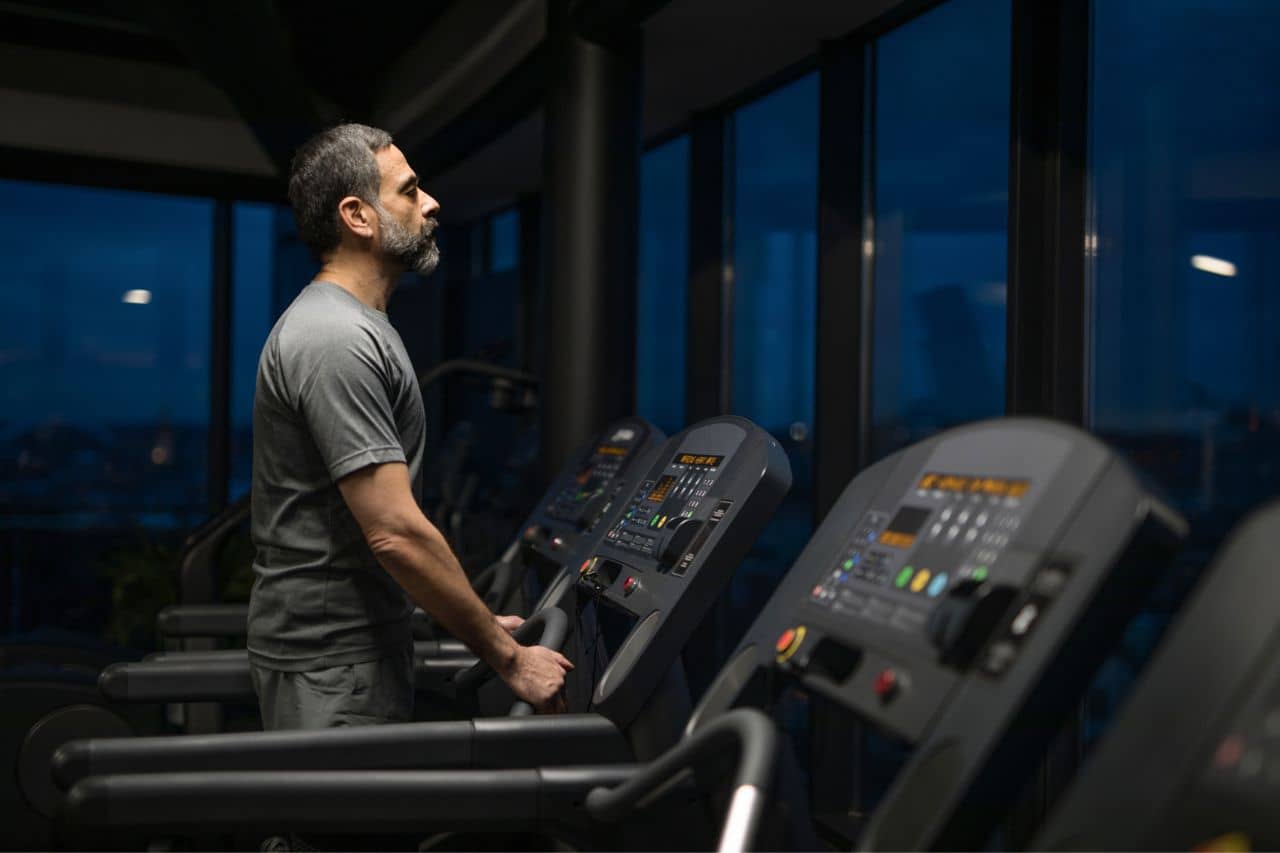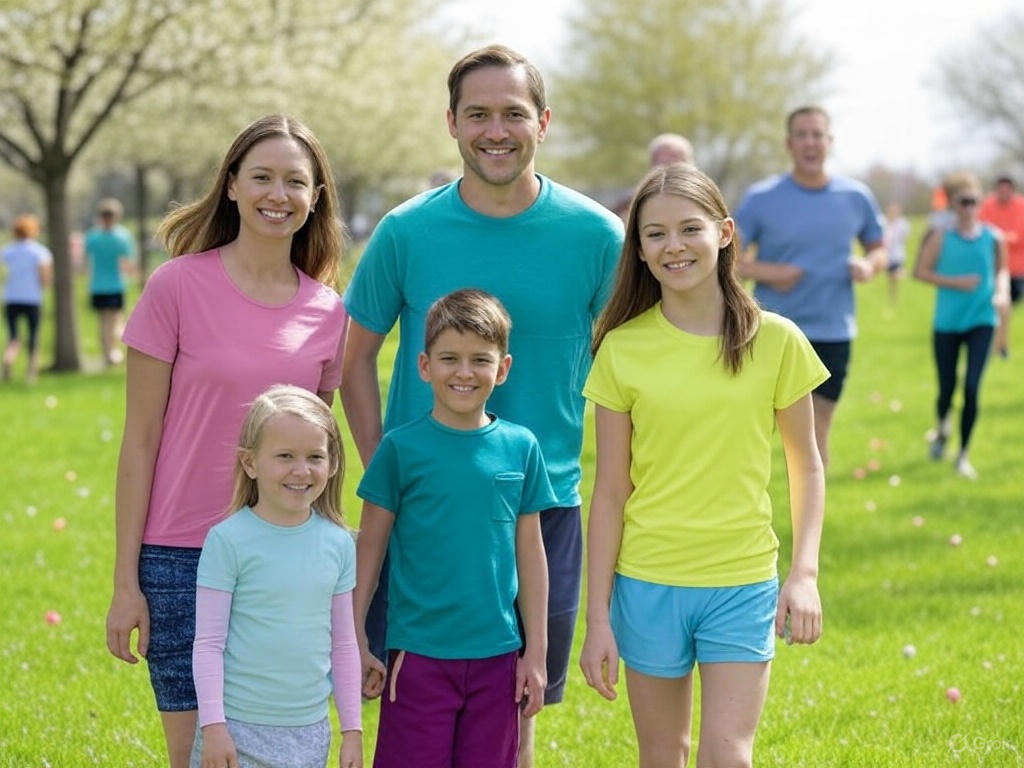Whether it’s a morning run on a wooded trail, yoga on the beach, or hiking through lush mountains, exercising outdoors is a powerful way to enhance both physical fitness and mental well-being. Combining movement with nature allows you to break free from the monotony of indoor workouts, providing benefits beyond what your local gym can offer.
From engaging more muscles to achieving mental clarity, outdoor workouts have significant advantages. If you’ve been feeling uninspired or want to elevate your fitness routine while improving your peace of mind, it’s time to take your workouts outside. Below, we’ll explore the science and practical benefits of exercising in nature, as well as how you can start making the most of outdoor fitness.
Physical Benefits of Exercising Outdoors

Increased Calorie Burn and Muscle Engagement
Outdoor workouts often challenge your body in ways that indoor exercises can’t. The uneven terrain of trails, grassy fields, or rocky surfaces activates stabilizing muscles to maintain balance, providing a more comprehensive workout.
Natural outdoor factors like wind and slopes also create resistance that forces your muscles to work harder, leading to increased calorie burn and improved muscle engagement. For instance, running on trails not only strengthens your legs but also engages your core to keep you stable over uneven surfaces.
Improved Cardiovascular Health
Exercising in fresh air can boost your cardiovascular health significantly. Outdoor environments provide cleaner oxygen intake compared to many gyms, which can improve lung function and endurance. Additionally, studies have shown that engaging in outdoor activities like running, brisk walking, or cycling enhances heart health by improving circulation and lowering blood pressure.
Exposure to Vitamin D
Outdoor workouts come with the added benefit of soaking up sunlight, a natural source of Vitamin D. This essential vitamin strengthens your bones, boosts your immune system, and contributes to quicker muscle recovery after exercise. Just spending 10-20 minutes under the sun during your workout can make all the difference to your overall health.
Better Flexibility and Mobility
Outdoor exercises often encourage varied, dynamic movements that help improve flexibility and mobility. Whether it’s swinging your arms while hiking or reaching upward in outdoor yoga, natural environments push your body to move in diverse ways. This reduces stiffness and increases your range of motion, preventing injuries and improving functional fitness.
Mental Health Benefits of Exercising Outdoors

Reduced Stress and Anxiety
There’s a reason a walk in the park is often recommended to de-stress. Spending time in nature has a calming effect on the mind, reducing cortisol levels (the stress hormone) and easing anxiety. Outdoor workouts like hiking, jogging, or even a simple walk allow you to disconnect from screens and daily stressors, helping you feel more centered and at peace.
Enhanced Mood and Happiness
Natural light exposure is a proven mood booster. Sunlight helps your body produce serotonin, a hormone associated with happiness and well-being. Combine that with the endorphins released during exercise, and you’ve got a recipe for improved mood and reduced symptoms of depression. Many people experience a powerful sense of joy and invigoration after an outdoor workout.
Increased Motivation and Consistency
One of the challenges of sticking to a fitness routine is overcoming monotony. Outdoor workouts solve this problem by offering constantly changing scenery that keeps things exciting. A trail run one week, a beach yoga session the next, and a weekend hike can inspire you to stay consistent and motivated over the long term.
The Science Behind Nature and Mental Well-being
How Green Spaces Affect the Brain
Research indicates that spending time in green spaces enhances cognitive function. Studies show that exposure to nature can boost creativity, improve problem-solving skills, and increase attention span. By combining mental stimulation with physical activity, outdoor workouts create a multi-faceted wellness boost.
The Role of Fresh Air and Oxygen Levels
Fresh air brings higher levels of oxygen to your body and brain, improving cognitive function and lowering blood pressure. Natural environments are also linked to reduced levels of stress hormones, allowing for a more relaxed state of mind while you exercise.
Different Types of Outdoor Workouts
Running and Jogging
Trail running or jogging outdoors offers benefits you won’t get from treadmills. The uneven surfaces of outdoor paths strengthen stabilizing muscles while building endurance. Plus, the uplifting scenery can make running feel less like a chore and more enjoyable.
Hiking and Walking
Hiking and walking are excellent low-impact ways to stay active. These activities engage larger muscle groups such as glutes, quads, and calves, while calming the mind and promoting mental clarity. A brisk walk through a nearby park or a hike in nature is perfect for beginners and fitness enthusiasts alike.
Outdoor Yoga and Meditation
Practicing yoga or meditation in fresh air enhances relaxation and mindfulness. Deep breathing in a natural environment reduces stress, improves lung capacity, and allows for deeper focus during meditation or yoga poses.
Cycling and Biking
Cycling outdoors not only offers a scenic ride but also provides an excellent cardio workout that improves endurance and joint health. It’s a lower-impact alternative to running, making it ideal for those with knee or joint concerns.
Bodyweight Workouts in Parks
Parks provide an excellent setting for bodyweight fitness routines involving pull-ups, push-ups, and squats. Using benches or outdoor bars, you can work on balance, coordination, and functional fitness, all while enjoying the open air.
How to Get Started with Outdoor Workouts
Choosing the Right Location
Not all outdoor environments are created equal. Depending on your preferences, you can choose from:
- Parks for a quiet atmosphere and access to trails
- Beaches for soft-sand runs or yoga
- Urban trails for walking or biking in more populated areas
- Mountains for challenging hikes
Essential Gear for Outdoor Exercise
To ensure a safe and comfortable workout, equip yourself with:
- Proper footwear suited to the terrain
- Weather-appropriate clothing
- A reusable water bottle for hydration
- Sunscreen, a hat, and sunglasses to protect against UV rays
Safety Tips for Exercising Outdoors
Safety is crucial when working out in nature. Here are some important tips:
- Stay aware of your surroundings to avoid accidents
- Warm-up and cool down to prevent injuries
- Carry a first-aid kit if you’re hiking or cycling in remote areas
- Stay hydrated, especially on warmer days
Take Your Fitness Routine Outside
Exercising in nature is a powerful way to elevate not just your physical health but also your mental well-being. From building strength and improving flexibility to reducing stress and fostering happiness, outdoor workouts bring a holistic approach to fitness.
Why settle for the monotony of indoor workouts when the world outside offers unlimited variety and beauty? Take that first step today, whether it’s a jog in the park, a hike up a trail, or a yoga session on the grass. Your body and mind will thank you for it!
FAQs
Is it better to work out outdoors or in a gym?
It depends on your goals. Outdoor workouts can improve mental health, flexibility, and muscle engagement due to varied movements, while gyms are great for structured training with weights and machines.
How often should I exercise outside for the best results?
Aim for at least 2-3 outdoor workouts per week to enjoy their full benefits. Combine them with indoor sessions for a well-rounded routine.
What are the best outdoor exercises for beginners?
Walking, light jogging, and yoga are great starting points for beginners. They’re low-impact and can gradually improve your fitness level.
Can outdoor workouts help with weight loss?
Yes! Activities like running, hiking, and bodyweight exercises can burn calories and support weight loss when combined with a balanced diet.
What should I wear when exercising outdoors in different seasons?
Layer up in colder weather and opt for breathable, moisture-wicking clothes in summer. Always wear appropriate footwear for your terrain to prevent injuries.

Dominic O. McCoy is a passionate writer who loves crafting engaging and informative blogs on a wide range of topics. With a deep curiosity and a knack for storytelling, he explores everything from lifestyle and technology to business and home improvement. Whether breaking down complex ideas or sharing practical tips, McCoy aims to deliver valuable content that resonates with readers. When he’s not writing, he enjoys learning about new trends and expanding his knowledge to bring fresh perspectives to his work.




























































































